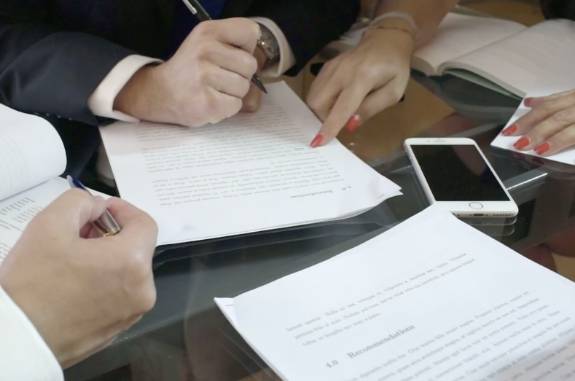
01
Feb 2022
What’s Mine is Yours? What the Law Says About Gifts in Divorce
Dividing assets on divorce can be complex – especially when it comes to gifts given between spouses or received from family members during the marriage. When the time comes for parties to complete their financial disclosure on divorce, and disclose all personal belongings exceeding £500 in value, thoughts can turn to past Christmas and Birthday presents, and have parties questioning whether they will have to share items such as watches, rings, and cars that they have come to understand as their own.
Depending on their origin, gifts such as these can either be considered as matrimonial or non-matrimonial property. This blog discusses three types of gifts: those between spouses, those from other family members, and inherited assets. Does ‘what’s mine is yours’ really stand when it comes to gifts in divorce?
Gifts Between Spouses
As a rule, the law is clear that gifts between spouses count as matrimonial property, and so are added to the matrimonial pot on divorce and split between the couple.
The law is also clear that parties cannot claim back gifts made to their partner in marriage, unless the gift was given subject to a clear condition: for example, that the gift is to be returned if the relationship breaks down. However, proving this would involve evidence that the condition was stipulated to the other party, and unless your idea of a wholesome Christmas involves opening presents by the fire and then signing a written agreement stating that gifts must be returned if the relationship is to fail, this is unlikely to be successful.
Gifts from Other Family Members
What is less clear-cut is what happens to gifts from family members that are given during the marriage. While gifts from relatives or friends of one spouse are usually classified as gifts for that individual and remain with them on divorce, the picture becomes more complicated when these gifts are converted into something else during the marriage. Common examples are where a spouse has received money from their parents and then uses this on a house renovation project, or where they have used this money to buy a car, which the spouses then share. The gift of the money to an individual spouse has therefore been converted into both the house and car, and has now become a matrimonial asset.
As ‘sharing’ is one of the key principles applied by the Court when dividing assets in divorce, the starting point here is that the spouse not gifted the money would be entitled to their share of it on divorce. The onus would then be on the spouse who received the initial gift to show that it would be unfair to split it equally, as part or all the funds used were a non-matrimonial asset.
Inherited Assets
Finally, inherited assets or heirlooms of value passed down through the family tree can be treated differently in divorce due to their nature and source. The Court’s view can be that their value should be ring-fenced for the party who inherited them, and therefore the sharing principle is unlikely to be applied here. This way, these objects can continue to be passed down the family line as intended.
However, the position is not wholly straightforward, as in some cases these assets may need to be used or sold to meet needs.
Understanding Your Position
As you will see from the above, ‘what’s mine is yours’ does not necessarily stand for all gifts received in marriage. Matrimonial assets need to be assessed carefully in situations where parties are getting divorced and one has funded items or renovation projects from inheritance money or third party gifts. It is therefore encouraged that you seek specialist legal support so you can gain a clearer picture and understand your position.
- Like this ? Share with friends





